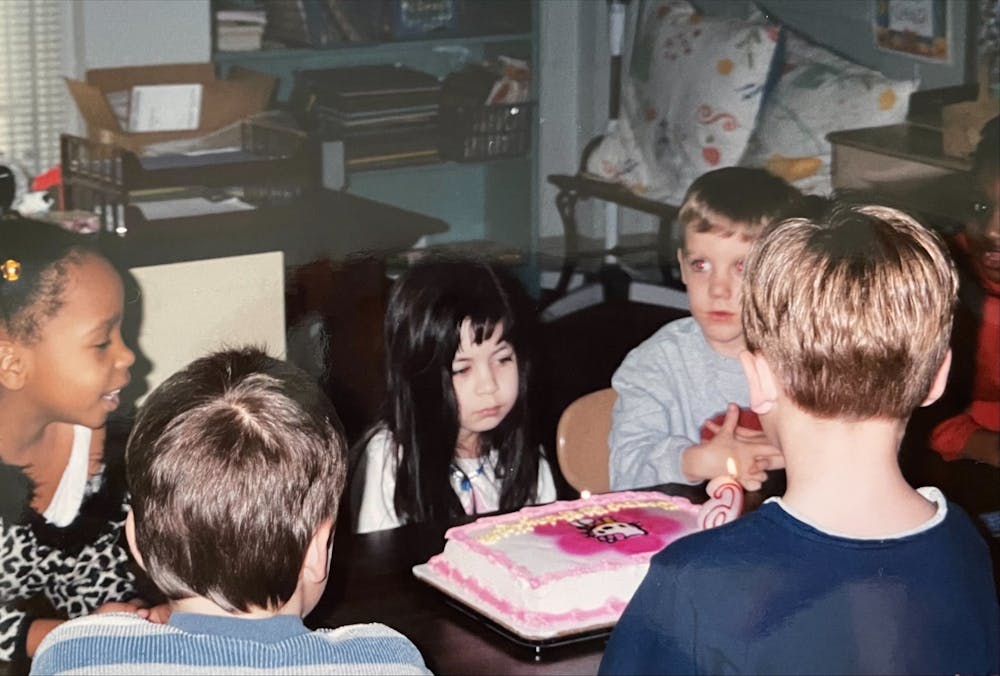Selective mutism is also not oppositional behavior. People with SM are not refusing to speak, but their anxiety prevents them from being able to do so in certain settings. I wanted so badly to talk like the other kids at school, but whenever I tried to, I would freeze — it felt like my throat was closing and I didn’t even have a voice at all.
SM is sometimes confused with autism, because both disorders can cause children to avoid eye contact and have blank expressions in addition to not speaking. But while children with autism tend to experience these challenges across all social situations, those with SM behave differently depending on where they are and who they are with. It’s important to understand the differences so that children can receive the appropriate interventions and accommodations.
Finally, it is commonly assumed that selective mutism is a result of trauma. While children experiencing post-traumatic stress can become mute, in these cases, the mutism is sudden. The majority of those with selective mutism do not have a history of traumatic experiences.
There is no one cause of selective mutism, but evidence suggests that the majority of children who have it are genetically predisposed to anxiety. In addition, research shows that individuals with SM have a lower threshold of excitability in the amygdala, the part of the brain that regulates emotions. When facing a perceived threat, the amygdala sends signals to other parts of the brain to help an individual protect themselves. For people with SM, these threats are certain social situations.
Treatment and accommodations
Cognitive behavioral therapy and behavioral therapy are commonly used to treat SM. Several behavioral strategies involving repeated exposure and positive reinforcement are used to help children gradually become more comfortable speaking in certain scenarios.
One example is stimulus fading, in which the person with SM communicates with someone whom they are already comfortable speaking with. Gradually, more people are introduced to the situation until the individual is comfortable speaking with a larger group.
Medications may also be used in combination with these behavioral techniques. Selective serotonin reuptake inhibitors (SSRIs) have proven to be particularly effective in treating anxiety disorders such as SM.
Additionally, children with SM may qualify for a 504 plan at school. Some appropriate accommodations may include:
- Preferential seating next to close friends with whom the student is comfortable speaking
- Allowing the student to participate nonverbally (nodding, pointing, writing, etc.) until they become more comfortable speaking
- Assignments that require speaking are adapted to ensure that the student can participate; for example, the student may present one on one to a parent, teacher or classmate, or a video/audio recording may be used in lieu of speaking in person
- The student will not be punished or criticized for not speaking.
Not all accommodations are appropriate for every child with SM — a plan should be made based on the individual child’s needs. Furthermore, the plan should evolve as the student makes progress.
If left untreated, selective mutism can persist into adulthood and lead to isolation, low self-esteem, depression and other challenges. Early diagnosis and intervention is key — with the appropriate treatment, the prognosis is typically very good, and individuals with SM often overcome it.
To get the day's news and headlines in your inbox each morning, sign up for our email newsletters.
@ktnichoIs
opinion@dailytarheel.com




